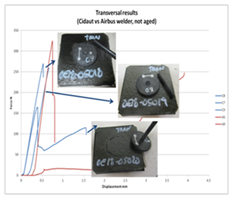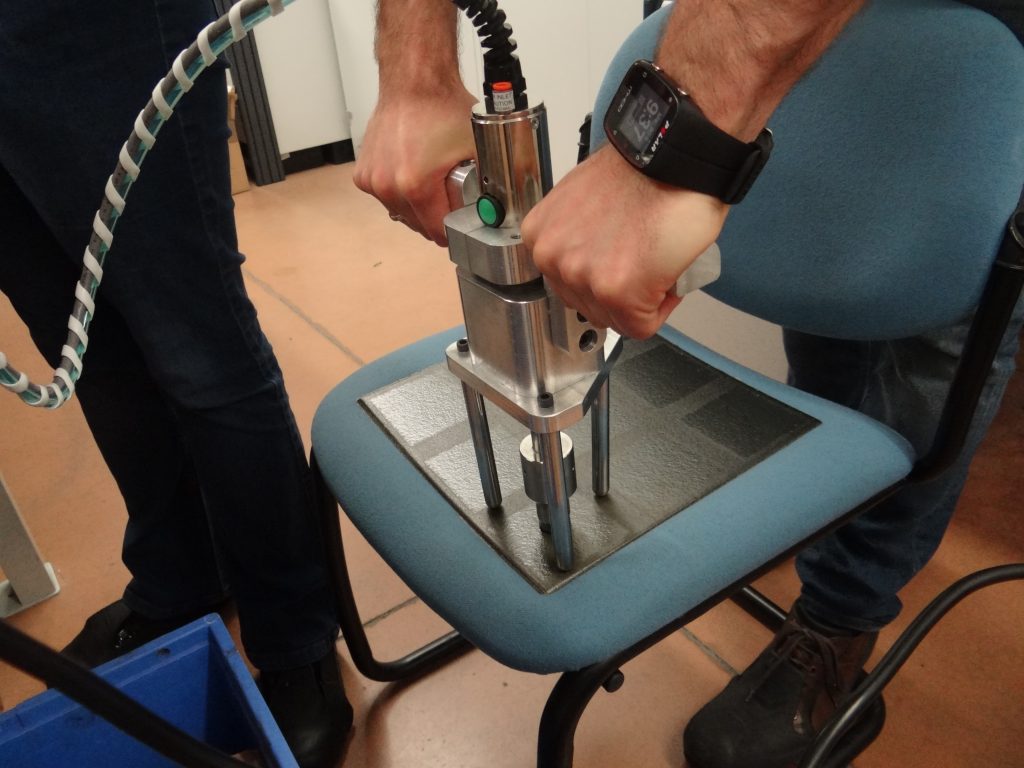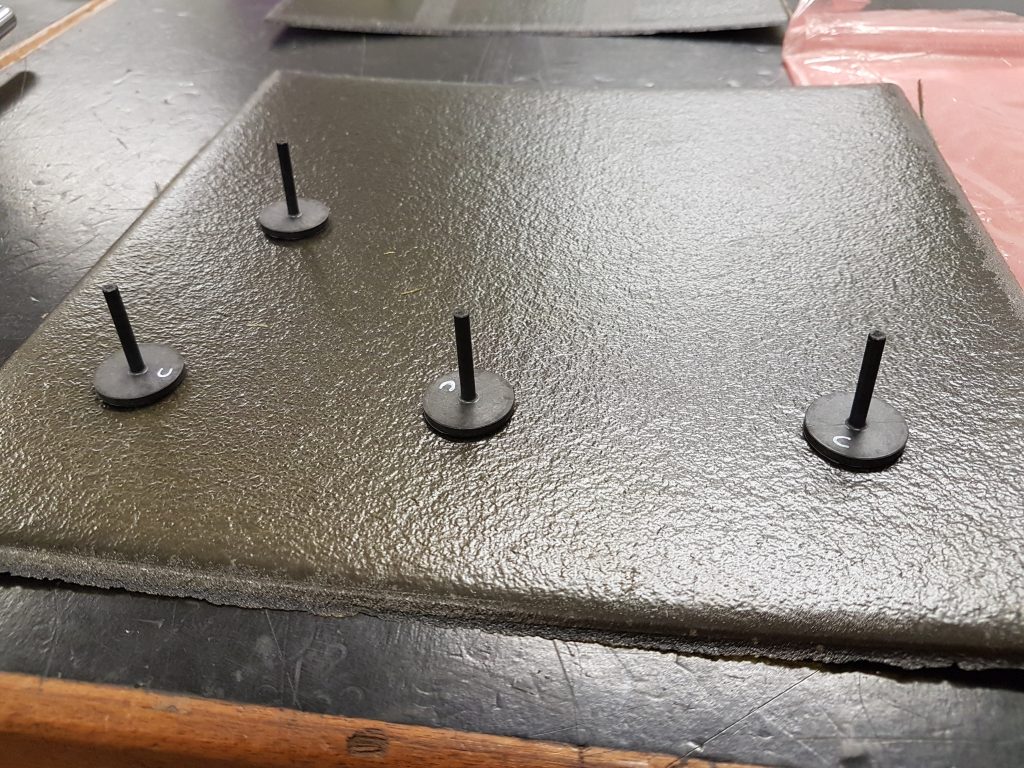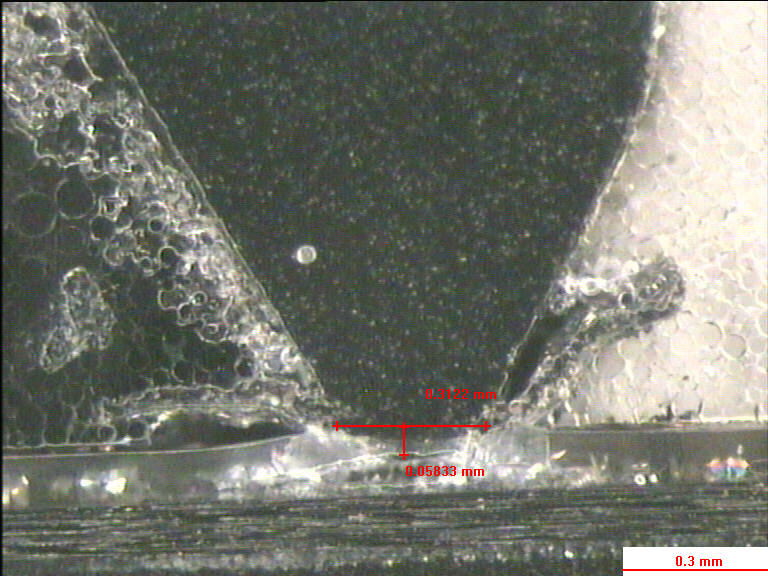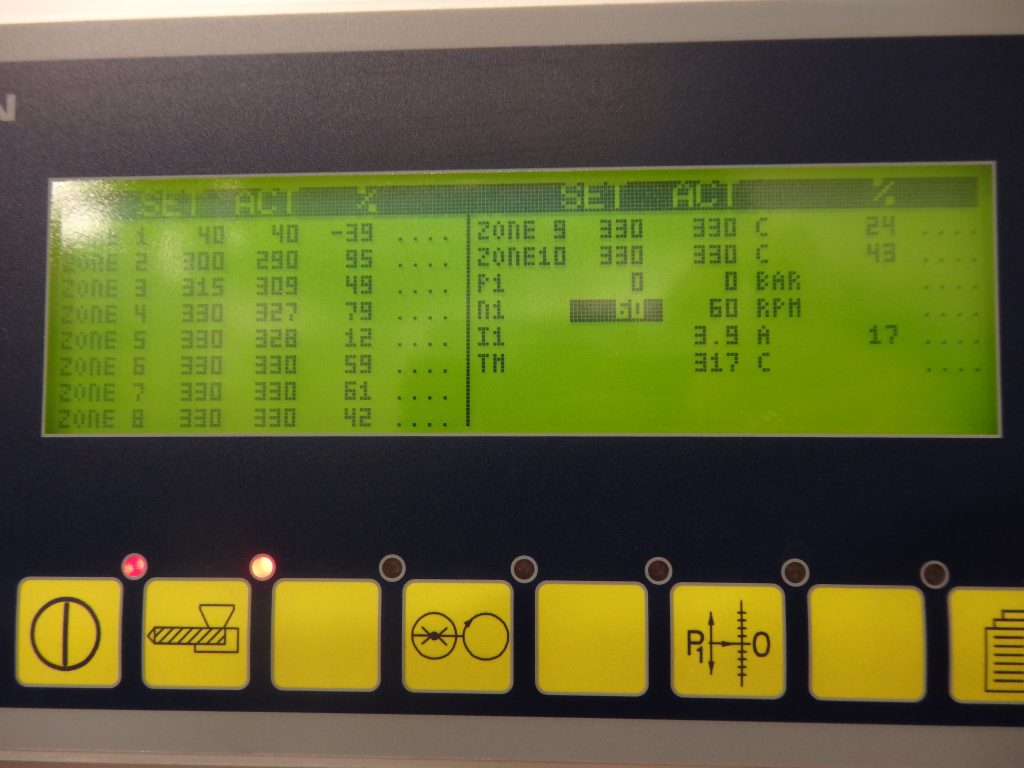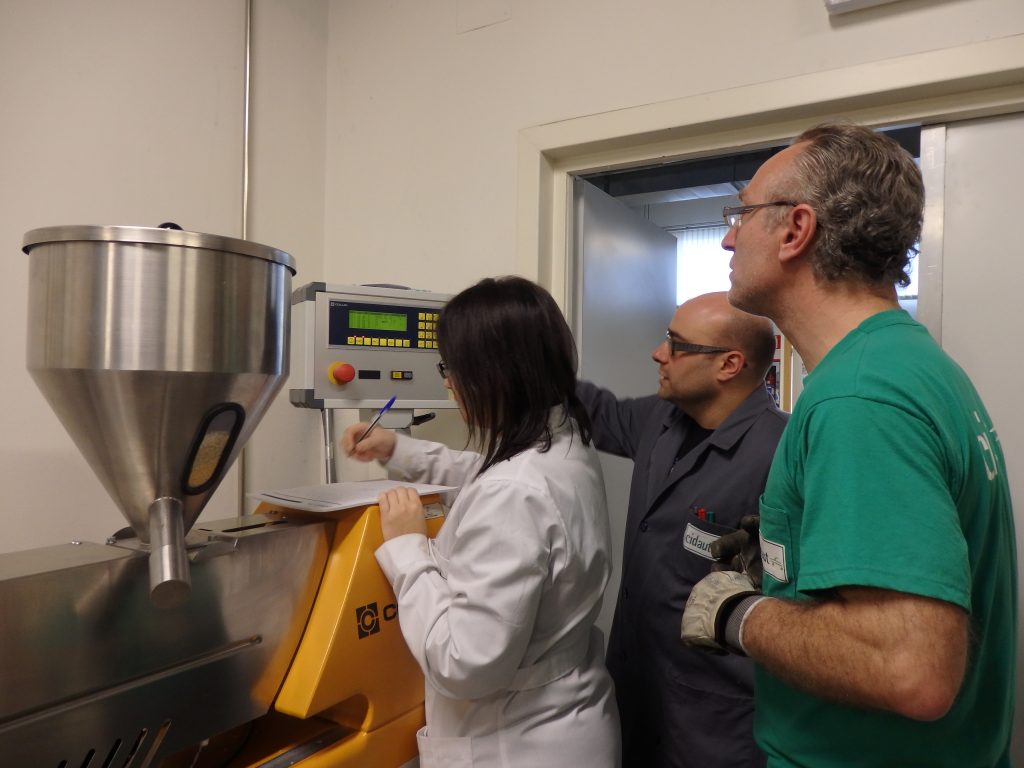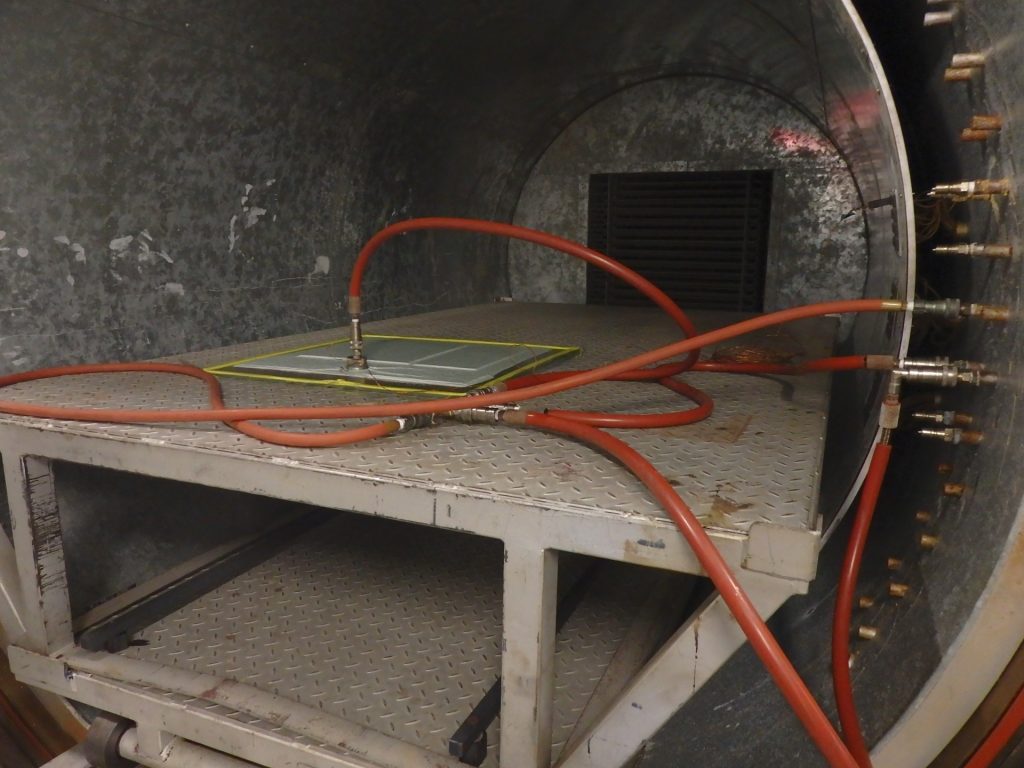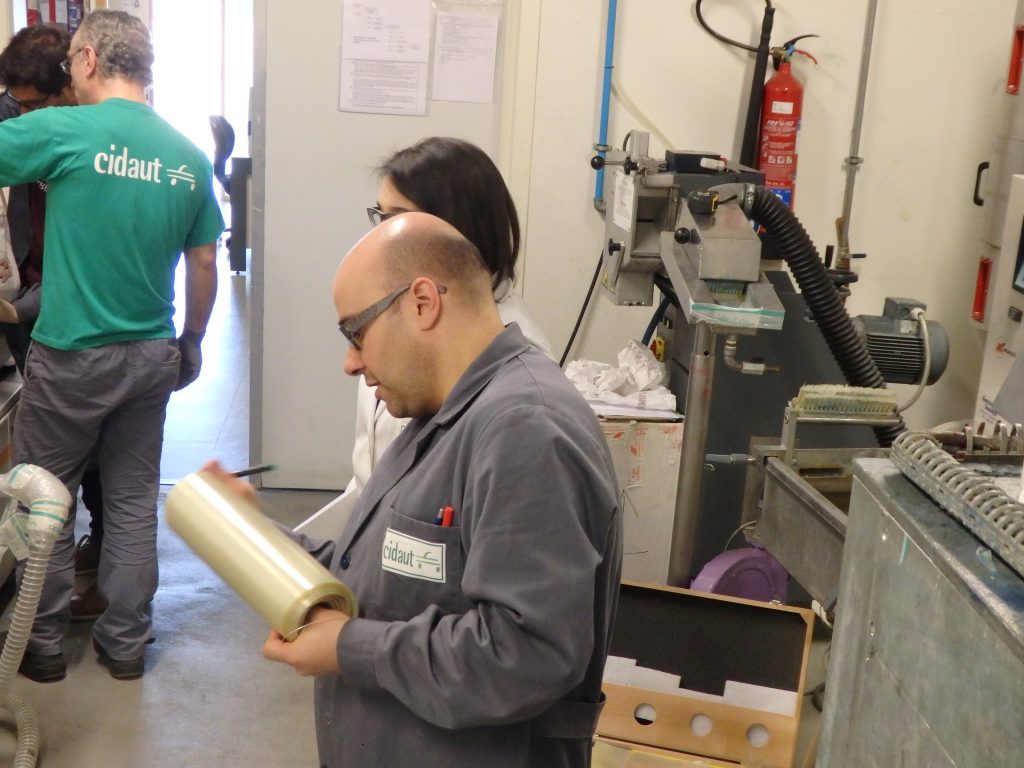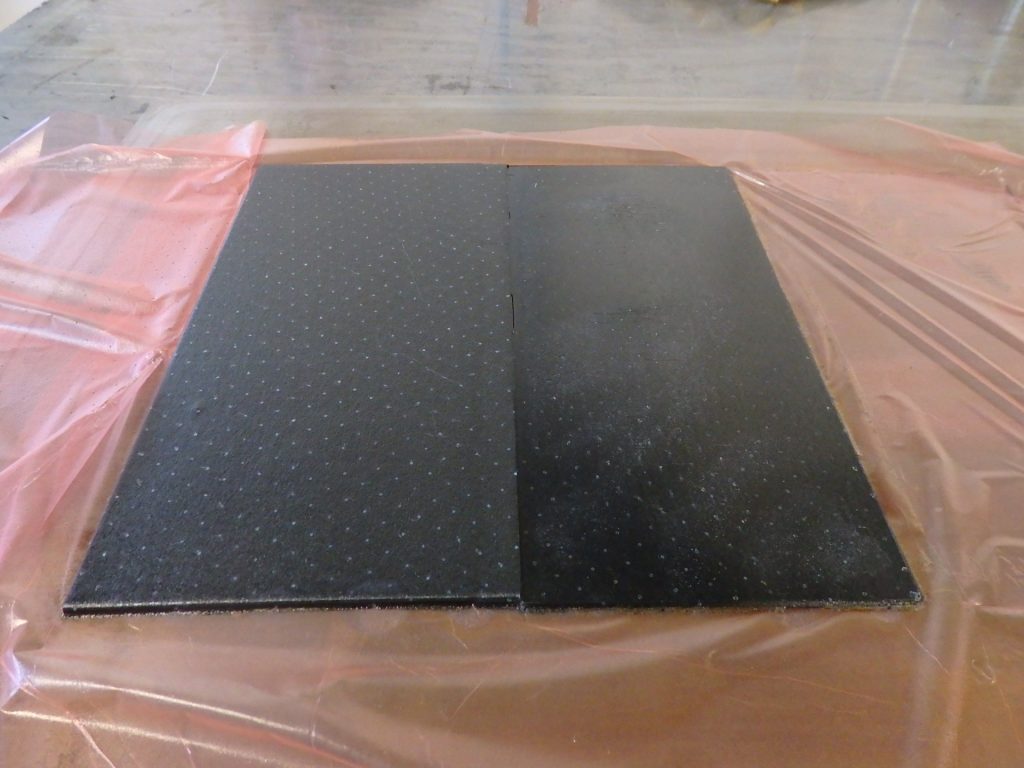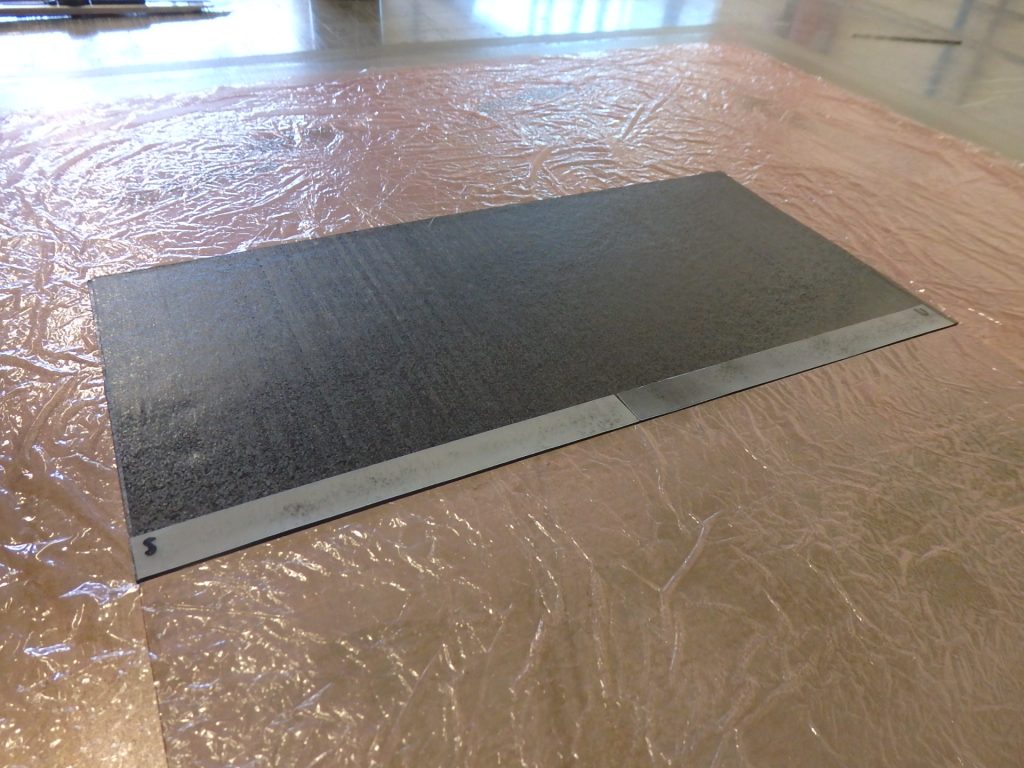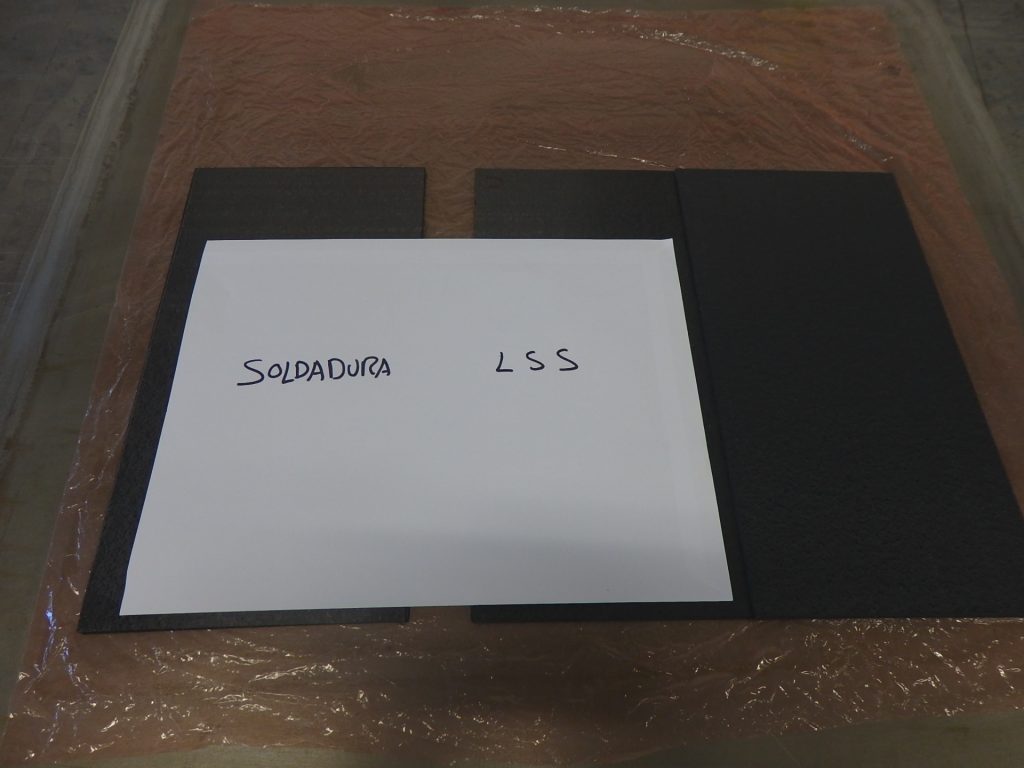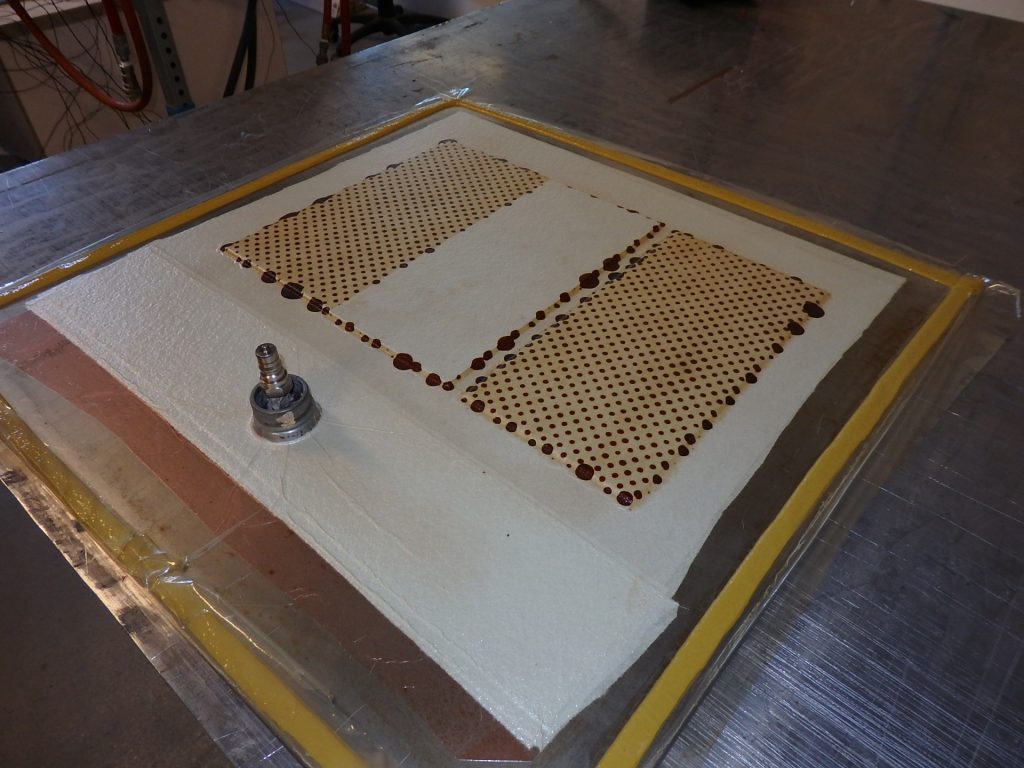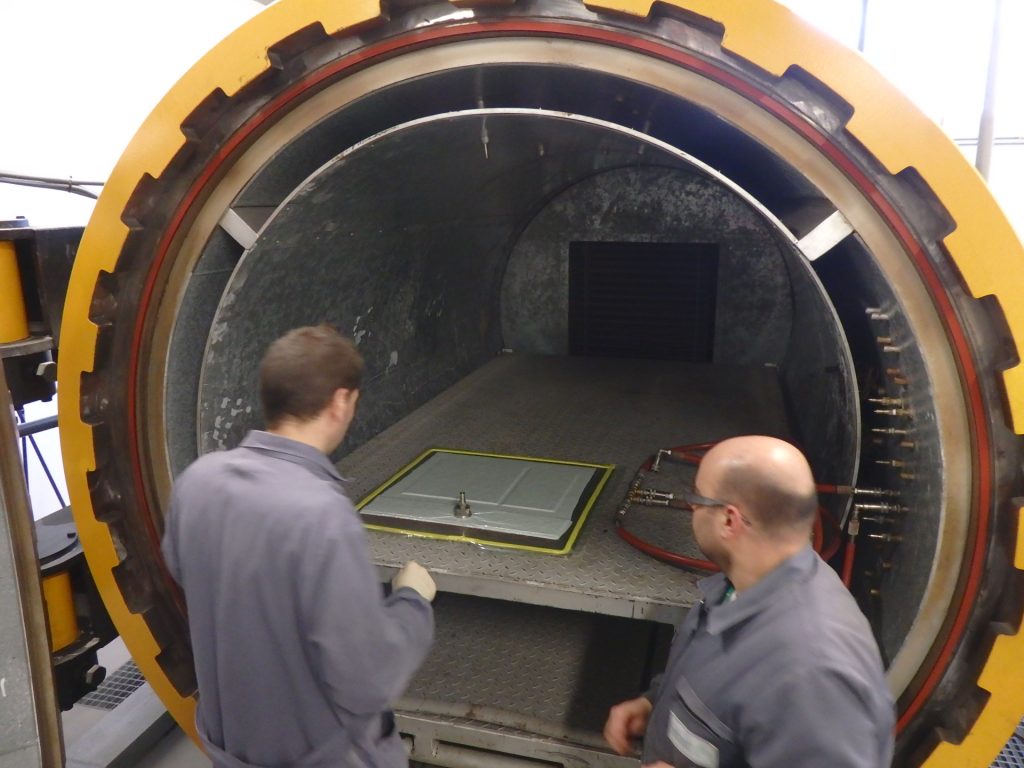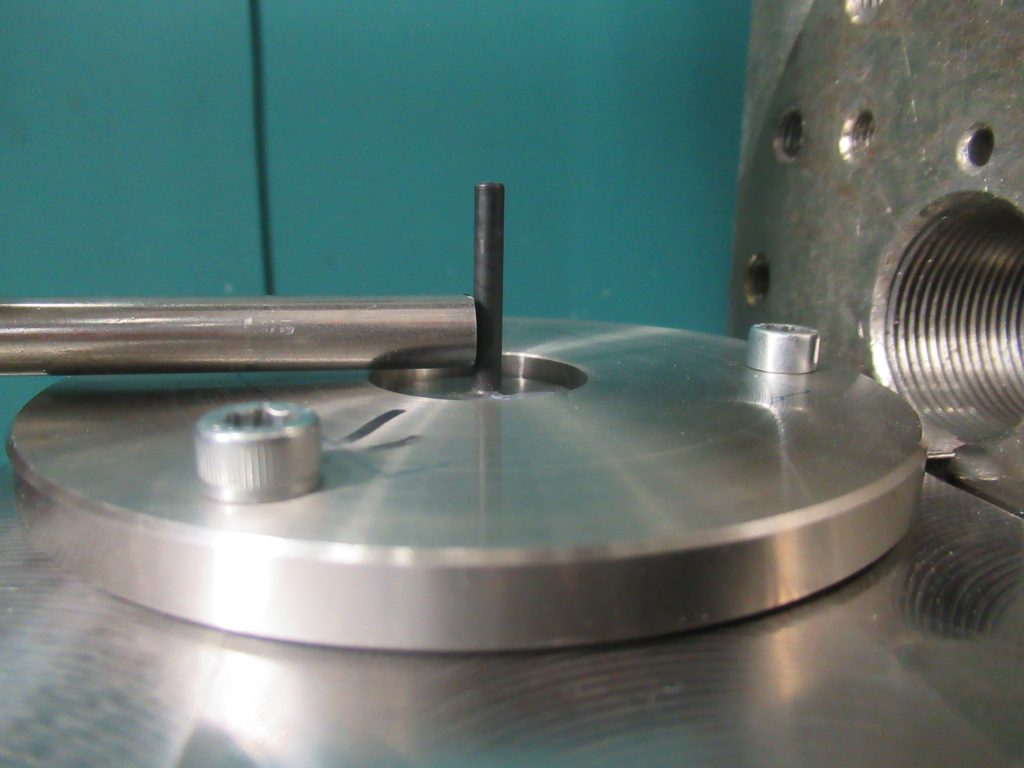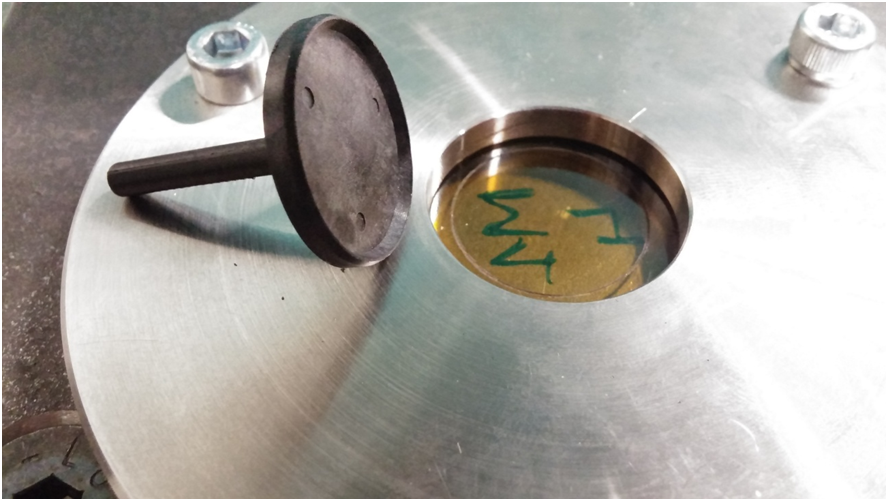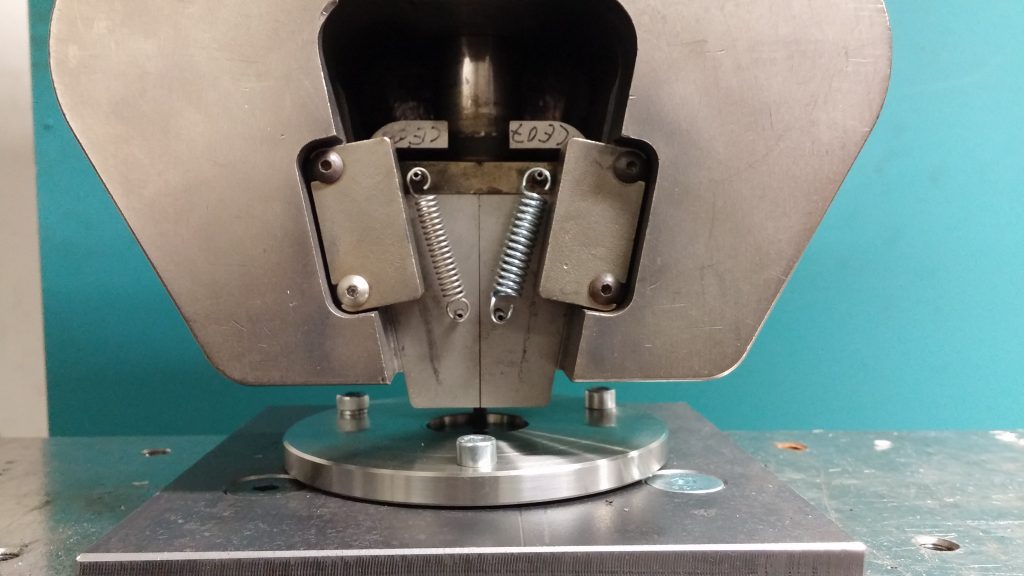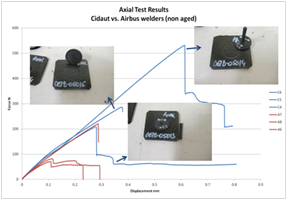The Bracketweld project, led by the CIDAUT and granted by the clean sky programme JTI-CS2-2014-CFP01-LPA-02-03 GAP, number 686611, presented his final results on 28th frebuary 2019.
The general objective of the BRACKETWELD project has been to develop an innovative technology for the rapid assembly of thermoplastic supports so that there is an improvement in the integration of these materials, in particular supports of thermoplastics material as PEI, with the thermosetting composite components currently used in aircraft structures. It also seeks to be a greener, efficient and cost-effective solution than the current ones.
This innovative assembly technology is based on the idea of using the fast and efficient ultrasonic welding technology to assemble thermoplastic brackets to thermosetting composite structural components.
As thermosetting materials cannot be welded, a thermoplastic surface media has to be strongly attached to the thermosetting composite structure by a co-curing process, being this surface media used as an anchor interface for the latterly welding of the thermoplastic brackets by any fusion bonding technique, and especially by the ultrasonic welding.
The key challenge for the development of this innovative technology will be the development of the appropriate surface media that must be compatible with the typical thermoplastic materials used for the injection of brackets (PA, PEEK, PEI,..) while at the same time achieving a very high adhesion strength to the thermosetting composite laminate during the curing of the structural components.
With the objetive to achieve a succesful results, three great phases was developement:
In the first, an innovative test method was developed combining different mechanical and lab tests to analyze the performance of the co-cured welded joints. This test method was used to assess the compatibility and the behaviour of a large series of commericial references of surface medias, and also of in-house developed formulations for surface media.
The second was focused on the validation of the conclusions obtained in the first part of the project . It was necessary implied a redefintion of the welding procedure and parameters. New samples were welded to validate the performance of the welding tool and ensure that the performance of the welded joints was not affected by this change.
And finally,in the third phase, the curved panels were produced, after the tooling design and manufacture, the chosen surface medias were co-cured and welders were used to manufacture a new series of curved panels. These welded joints were analyzed under different condtions (room temperature and hot and wet) and load cases (axial and transversal) comparing the performances of the joints versus those of the previous stage and the different load cases and situations. This analysis has resulted in a series of recommendations for the future market uptake of the project technologies.
The success in the development of the activities proposed in the BRACKETWELD contributes to the development of the rapid assembly process for the integration of brackets and fittings into structural thermosetting composite components leading to significant advantages related to the reduction in weight (associated to the change from metal to thermoplastic brackets), assembly costs and energy reductions compared to the current adhesive bonding methods, since is that there is no need for surface preparation, adhesives, and curing time nor expensive quality control procedures. To illustrate the magnitude of the benefits achieved by the development of this rapid assembly technology, it has to be considered the number of ten thousand brackets used today in the A350-XWB, and this allow us to contributed to the achievement the innovative assembly technology through the evaluation of the performance of the assembly itself in accordance with the specifications of typical aeronautical requirements used in the joined/bonded supports.
Much knowledge has been generated during the project that will enable the technology update in the future, though higher TRL levels call for larger experimental campaigns, and more robust manual welding tool design. This may be exploited not only for the specific application of System-Structure integration in aviation, but also for the general development of the welding capability for thermosetting composites that may be useful in other applications and sectors.
For instance, the laboratory characterization methodologies and the procedures for the elaboration of suitable surface media that have been developed in the project for the specific application of ultrasonic welding of PEI brackets will be also useful for:
- the rapid assembly of thermosetting composite components with suitable surface medias using the welding techniques already industrialized for thermoplastic composites like resistance or induction welding,
- the assembly of thermosetting composites with suitable surface medias to thermoplastic components or thermoplastic composite components,
- the capability to manufacture hybrid components (thermoset composite-thermoplastic) by over-moulding a thermoset composite component having a suitable surface media with a thermoplastic material by injection moulding for an added functionality.
These potential new capabilities for thermosetting composite components will have a positive impact for the reduction of current assembly times and costs, increasing the number of applications of composite lightweight materials in Transport Sectors for reducing vehicle weights, fuel consumptions and emissions. For instance, in the Automotive Sector, where the need for lightweight materials is increasing and the use of composite materials will grow. The development of rapid and reliable joining technologies for thermosetting composite components may boost the current developments related to the use of carbon fibre composites in vehicle structures, since the assembly and repair of these structures is nowadays a handicap compared to the traditionally used steel and aluminium structures.
More information https://www.cidaut.es/bracketweld-project/about/
